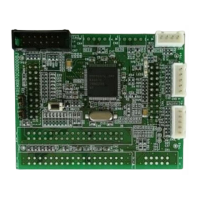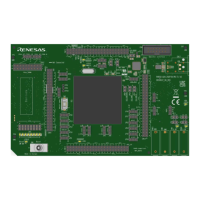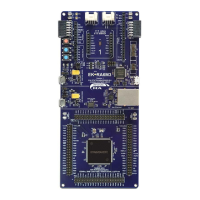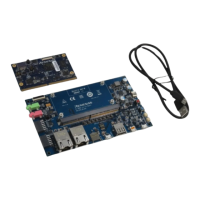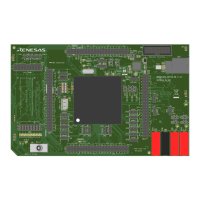RL78/G13 CHAPTER 18 STANDBY FUNCTION
R01UH0146EJ0100 Rev.1.00 864
Sep 22, 2011
Cautions 1. To use the peripheral hardware that stops operation in the STOP mode, and the peripheral hardware
for which the clock that stops oscillating in the STOP mode after the STOP mode is released, restart
the peripheral hardware.
2. To stop the low-speed on-chip oscillator clock in the STOP mode, must previously be set an option
byte to stop the watchdog timer operation in the HALT/STOP mode (bit 0 (WDSTBYON) of 000C0H =
0).
3. To shorten oscillation stabilization time after the STOP mode is released when the CPU operates
with the high-speed system clock (X1 oscillation), temporarily switch the CPU clock to the high-
speed on-chip oscillator clock before the execution of the STOP instruction. Before changing the
CPU clock from the high-speed on-chip oscillator clock to the high-speed system clock (X1
oscillation) after the STOP mode is released, check the oscillation stabilization time with the
oscillation stabilization time counter status register (OSTC).
(2) STOP mode release
The STOP mode can be released by the following two sources.
(a) Release by unmasked interrupt request
When an unmasked interrupt request is generated, the STOP mode is released. After the oscillation stabilization
time has elapsed, if interrupt acknowledgment is enabled, vectored interrupt servicing is carried out. If interrupt
acknowledgment is disabled, the next address instruction is executed.
Figure 18-5. STOP Mode Release by Interrupt Request Generation (1/2)
(1) When high-speed system clock (X1 oscillation) is used as CPU clock
Normal operation
(high-speed
system clock)
Normal operation
(high-speed
system clock)
OscillatesOscillates
STOP
instruction
STOP mode
Standby release signal
Oscillation stopped
High-speed
system clock
(X1 oscillation)
Status of CPU
Oscillation
stabilization time
(set by OSTS)
Interrupt
request
Wait
Note
Note Wait time for STOP mode release
• High-speed system clock (X1 oscillation): 3-clock
Remark The broken lines indicate the case when the interrupt request that has released the standby mode is
acknowledged.
<R>
<R>
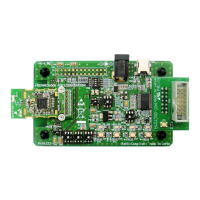
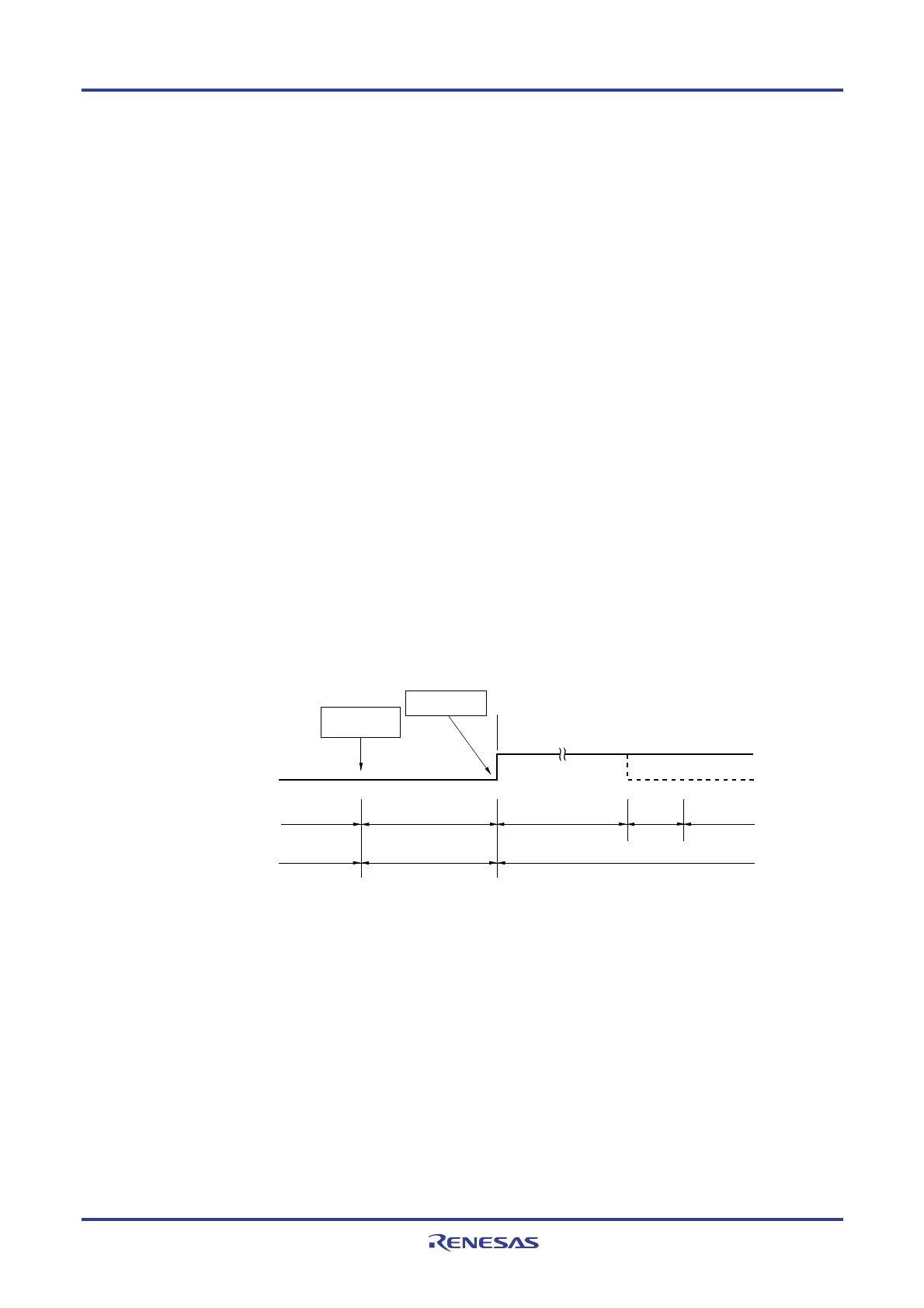